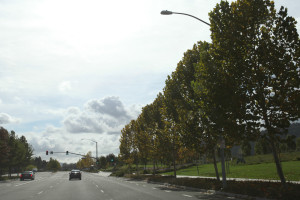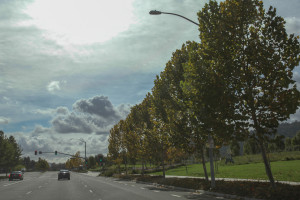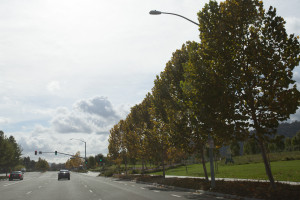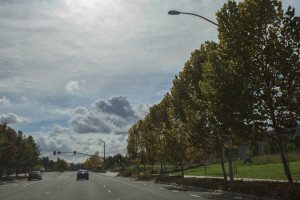The improving quality in smartphone cameras and popularity of social media sites has led to an explosion of photography. In fact, in a reader poll on Digital Photography School consumers reported taking 51-100 photos per week and more than 200,000 photos are uploaded to Facebook every minute. But despite the increasing photo quality on smartphone devices, digital SLR (or digital single lens reflex) cameras remain popular among professionals and consumers for one primary reason: creative control.
DSLR cameras offer several features that give users more creative control: DSLR cameras can accommodate a wide variety of lenses, giving photographers the ability to pair the right lens with the right photo session. DSLR cameras also offer full manual controls that allow a photographer to specify the focal point, aperture, shutter speed, white balance and ISO. But a true defining feature is the option to shoot in a raw file format. Raw file formats contain pixel data straight from the image sensor and allow you absolute control for making edits.
Unless you are using a raw file format, your photo is being processed. In order to save an image into a popular format such as JPEG, the camera is converting the raw sensor data into JPEG file. The camera is essentially making assumptions about your intent and is processing the data into a JPEG image for you. Conversely, a raw file format is unprocessed until you utilize a raw conversation program such as Adobe Photoshop Lightroom 5. Inside Lightroom, you control how the raw image is processed.
Not every photo comes out perfectly. Sometimes lighting, shadows or highlights need to be adjusted, colors might be more muted than they were in reality or than desired and applying a slight blur or vignette can add focus on the photo subject. When shooting in raw and post-processing photos on your computer, you can adjust the tiniest of details; you retain the ability to make the creative decisions that allow your photos to pop.
To show the difference in quality, below are two versions of the same photo: one that I captured as a JPEG and one in raw file format. Each of these photos was processed using the Basic panel in Adobe Photoshop Lightroom 5 by expanding the dynamic range (reducing highlights and increasing shadows). Where you notice the biggest difference is in the sky. With the raw photo, you can recover the majority of the highlight detail in the sky. On the JPEG photo, there's a section of the sky that is blown out and cannot be recovered.
JPEG Before/After


RAW Before/After


Because post-processing is such an important part of the photography process, several point-and-shoot cameras, as well as the newer category of "mirrorless" interchangeable lens cameras now offer the option to switch to shoot in raw. On Canon and Nikon cameras, this option is usually listed under "Image Quality," but most cameras have this built in through the main menu options.